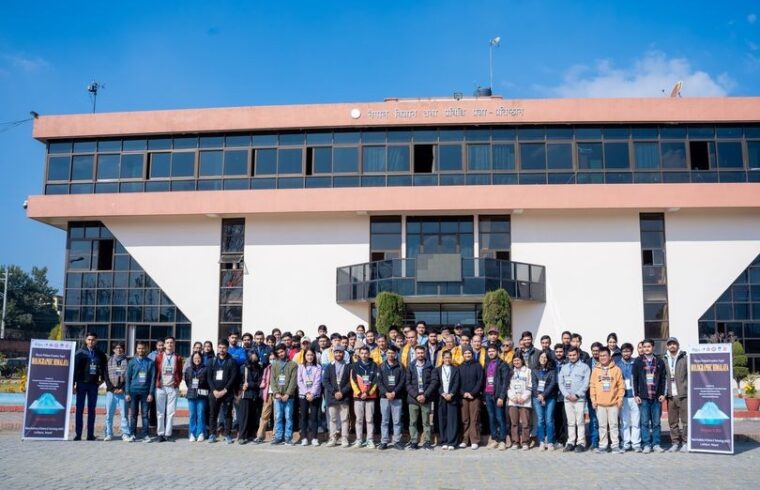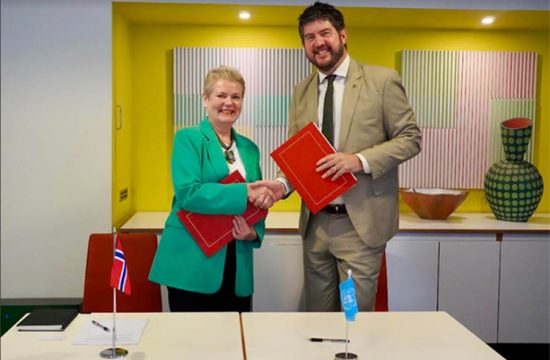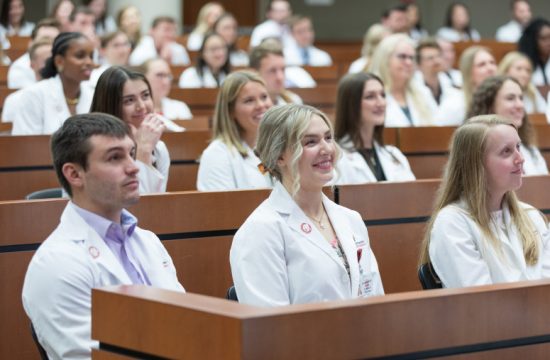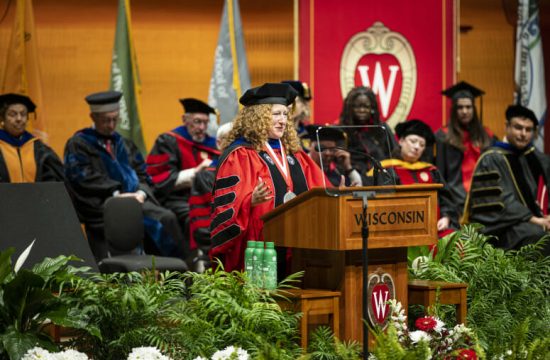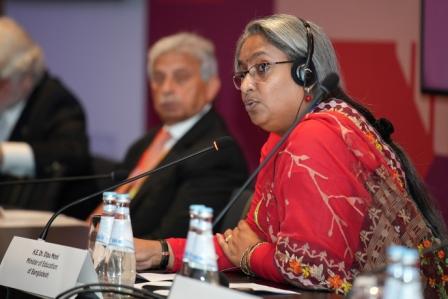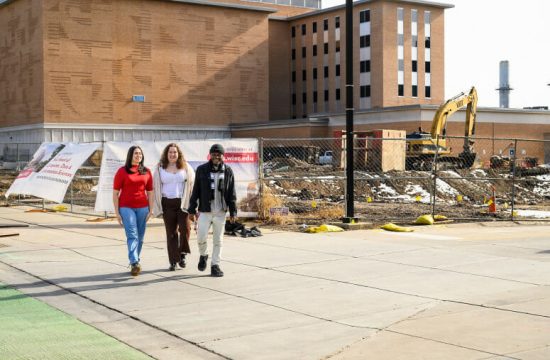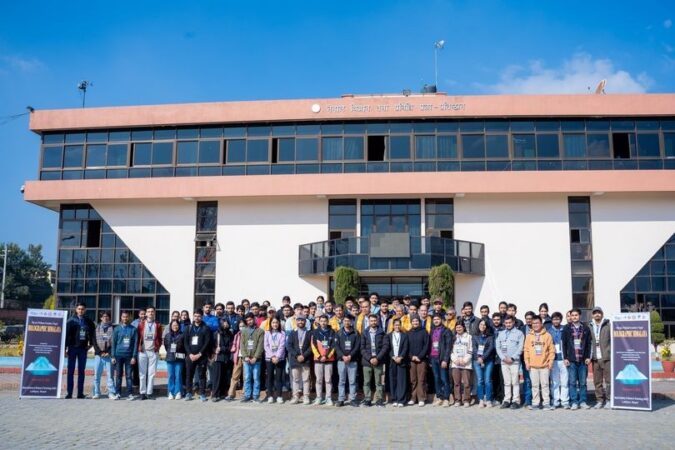
Kathmandu—The second edition of ‘Physics Without Frontiers Nepal: Holography Himalayas’, a research program aimed at students studying physics in Nepal, has started. Last Friday, the program was started by gathering 70 students of the second batch in the assembly hall at the Nepal Academy of Science and Technology (NAST) in Khumaltar, Lalitpur.
The organizer informed the undergraduate and postgraduate students of various universities about the courses and research that will be conducted in the next six months. Mr. Kiran Adhikari, coordinator of the program, said, ‘This program is specially studied in advanced quantum physics and students are then asked to investigate new concepts.”
Last year, 35 students were trained with the financial support of the International Center for Theoretical Physics (ICTP), Physics Without Frontiers. Among them, three groups are in the final stages of publishing research articles in international journals. Coordinator Kiran, who is studying at the Technical University of Munich, Germany, said, ‘This program is organized to inform the new students about the research done by the first batch of students.’
According to him, ‘quantum information’ acts as a ‘bridge’ to connect Einstein’s theory of relativity and quantum mechanics. This concept can be called holography. For example, the gravity of a sinkhole can only be explained by information on its surface. ‘This theory was explained by Stephen Hawking,’ said Kiran. ‘Through which the whole information of 3D (three-dimensional) can be understood as holographic.’
According to the organizer, the ‘Holography Himalaya’ program has been created to allow undergraduate and postgraduate students to study and research the principles of physics.
Iva Kumari Lamichhane, who was born in Rasuwa, a rural district of Nepal, and is studying B.Sc. in the fourth year at Trichandra Multiple Campus, led her group and said that she conducted research that would help the traffic management of Kathmandu Valley using the quantum chaos theory,.
According to her, there is a huge gap between one local vehicle and another vehicle in the valley. “Having such a gap means that when the driver tries to earn more, the vehicles are very scattered in the research,” she said.
The duration of this program is six months, where classes are conducted online for three months. After that, for the next three months, they are taught how to do research and how to write. Based on that, our group worked on it, said Iva.
Similarly, another presentation measured how ‘complicated’ quantum states become as they change over time, said Mausam Ghimire.
The chief guest of the program, former Minister of Environment, Science, and Technology, Engineer Ganesh Shah, said, “This program was excellent. It is time for the authorities in the science sector to think about how to develop such programs institutionally.”
“Research is the key to continuity; if it continues, it will benefit the country,” former Minister Shah said. “It seems that the MoEST should develop more such programs.”The time has come for universities to be more aware. Externally, small groups can work like this, but why can’t the university make its students?” he said. He suggested that every student conduct a ‘Physics Olympiad’ in their colleges.
Mr. Indu Bikram Joshi, joint secretary of the Ministry of Education, Science, and Technology, said, “The Holography Himalaya program is targeted for results.” It can be further discussed as to how the ministry will adopt and expand it, said Joshi. The ministry has a program to work on computation and AI. I am looking forward to suggestions from experts on how to proceed in this regard,” he said.
NAST secretary Dr. Rabindra Prasad Dhakal said that it is true that NAST has not been able to work as it was heard earlier, but it is supporting various research programs for students as well. “Job applications for graduate or post-graduate students in specialized laboratories in all seven provinces of NAST will be invited soon,” he said. “We should not stop imagining.”
NAST Secretary Dhakal further said, “We will have to think about how scientific research can be done in this country.” The government is looking for a return on investment in science and technology, so we will have to emphasize research that will solve Nepal’s problems. If you can work on a model, you can take that product and go abroad,” he said. “That’s why ‘Science is global, innovation is local.’
Tribhuvan University Science and Technology Faculty Assistant Dean Dr. Surendra Kumar Gautam said that the university now has to institutionalize the ‘Applied Course’, He said, “Aspects of basic science are concentrated. It is very important to develop it.” Referring to the fact that students are the rising sun and professors are sunset, Assistant Dean Gautam said, ‘You should think deeply about physics. So that it can be developed experimentally.
Prof. Dr. Sitaram Byhaut, from Central Department of Physics, T.U. said that theoretical research will help in the development of technology. He mentioned that computational research has made technology creation affordable. 40 years ago, it was very difficult to research some aspects of airplanes. However, these days, such laboratories are limited to computers. Only after successful testing on the computer will they make prototype technology, he said.
Nowadays, molecules are made on computers before drugs are made. Only then will the medicine be made. Therefore, if it is only practical, new thinking will not develop, he said.
Physics was an easy subject for me, so I studied physics. Therefore, there are only five equations in physics. It will be easy if we solve any problem completely. Prof. Dr. Byhaut gave study tips to the students. “It is a pleasure to show that things like the use of quantum chaos and mathematical random matrix can be used in transportation,” he said.
“Recent students have researched things that I don’t know. Therefore, the state should not ignore the research on theoretical subjects,” he said.
During the discussion on the research, situation, and challenges of physics in Nepal, Prof. Dr. Rameshwar Adhikari, Central Department of Chemistry, T.U. asked how many of the students living in Nepal would raise their hands; only five of the seventy students raised their hands.
He said, “No matter where you go to study all over the world, please return to your country.”
Prof. Dr. Adhikari officially emphasized that the state should not delay in creating an environment to bring its skilled manpower back home from abroad. In that interaction, the students raised various questions.
Chi Guy from UNESCO Nepal, Navin Narayan Munankarmi, President of Biotechnology of Nepal (BSN), Bikas Gurung, President of the Robotics Association of Nepal(RAN), and Prof. Dr. Jeevan Jyoti Nakarmi participated in the program.
Mr. Laxman Dangol said that this event was organized in collaboration with ICTP Physics Without Frontiers, Patan Multiple Campus, NAST, RevoScience Media, and Ejyalo Academy.
Dr. Rajeev Singh, a researcher at Stony Brook University, and Kiran Adhikari from Technical University, Munich, taught programming courses like Python, LaTeX, QisKit, etc.


